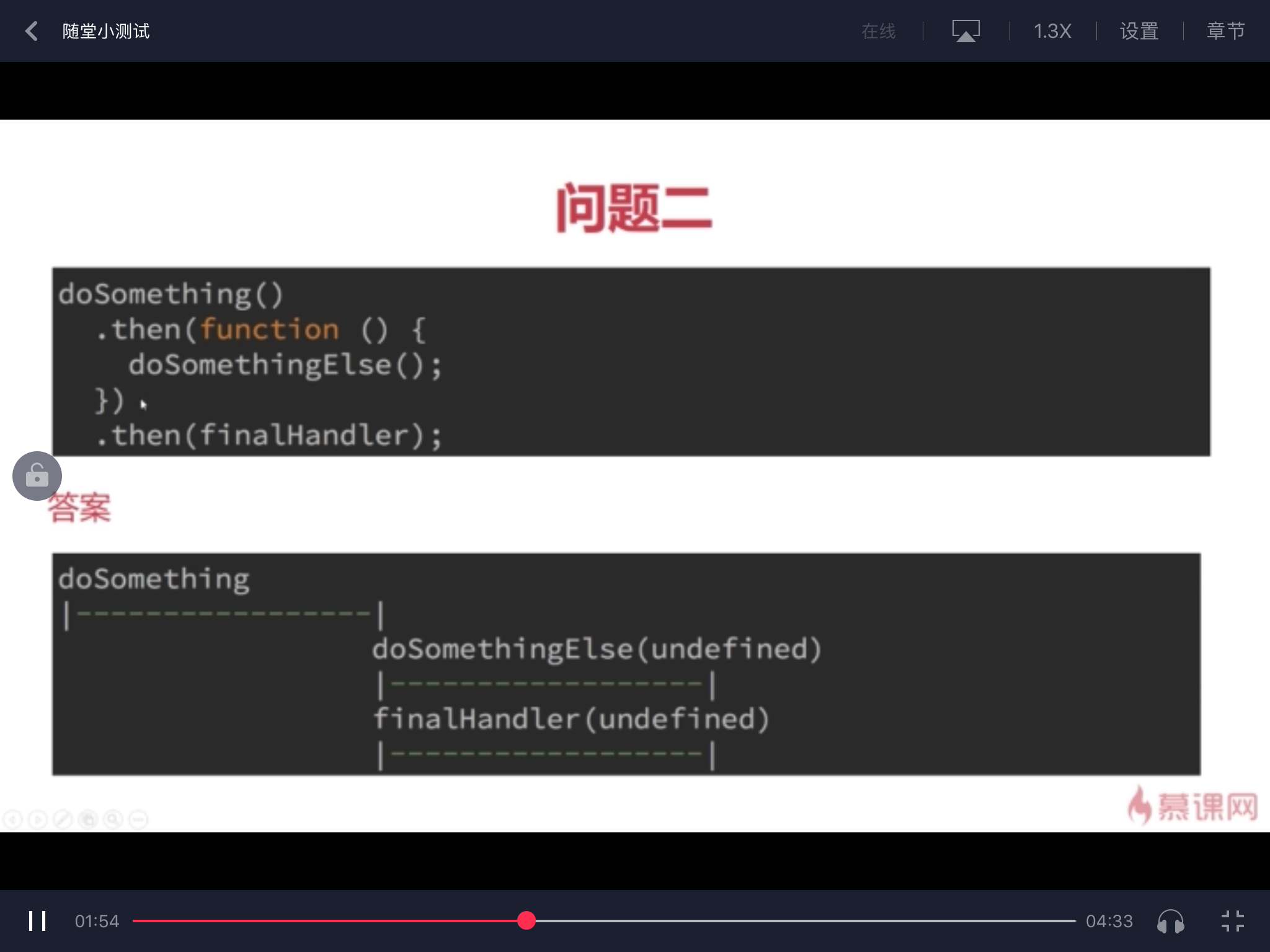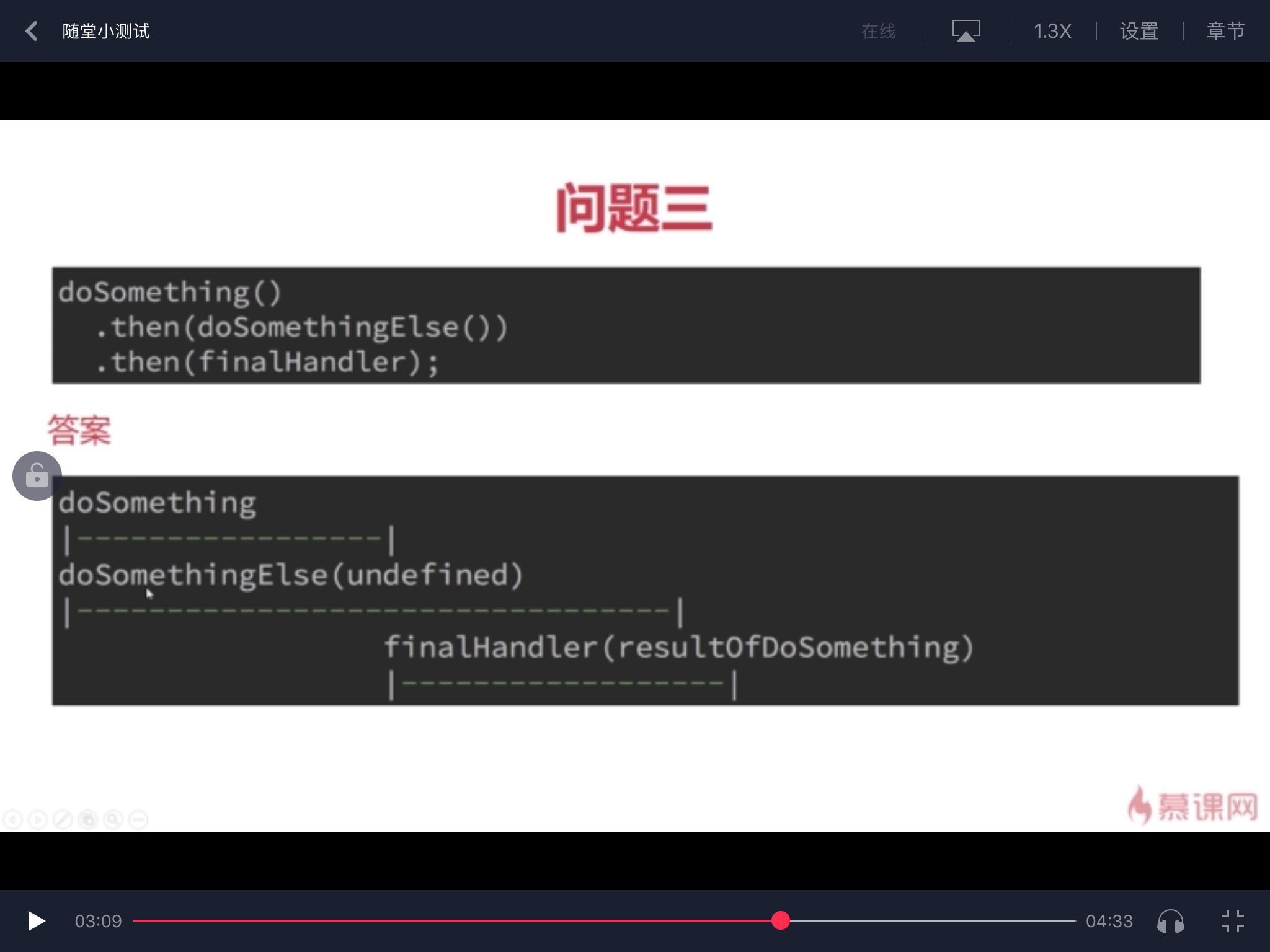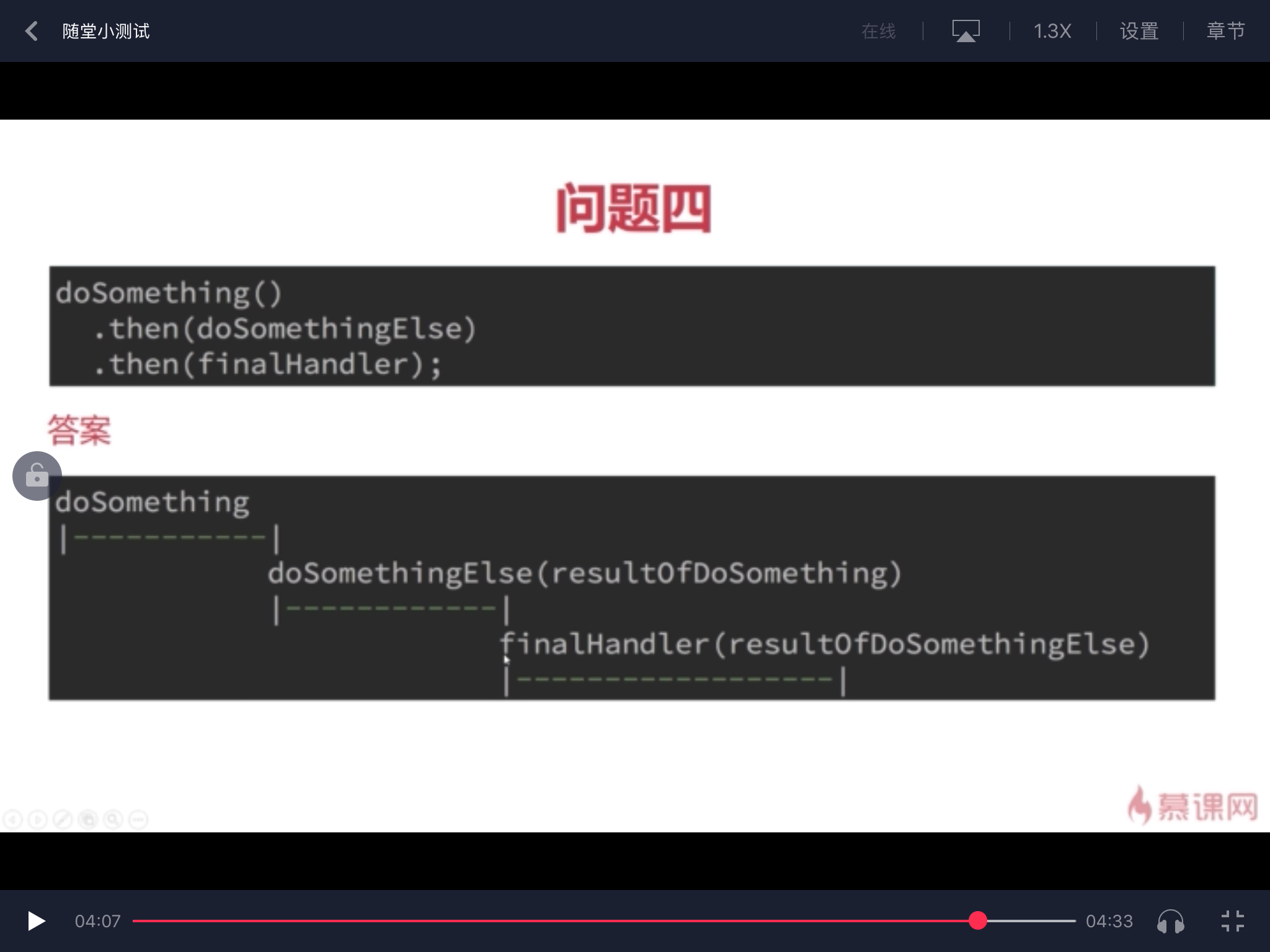1.promise对象用于异步计算,表示一个现在,将来或者永不可能用的值;即将异步操作队列化,按照我们期望的先后顺序执行,返回符合预期的结果;
2.js包含了大量的异步操作,所以需要promise;比较形象的例子就是去餐厅点餐,服务员的同步服务和异步服务的区别;
3.promise实例:
(1)
new Promise(
function(resolve,reject){
resolve(); //数据成功处理完成
reject(); //数据处理错误
}
).then(function A(){},function B(){}) //数据成功处理下一步执行A,否则下一步执行B函数
.then() //再下一步,如此循环; 里面可以用return value 将最初的new Promise里面的值一级
//一级的向下传递(2)
new Promise(resolve=>{
resolve("这是数据成功处理返回的数据")
}).then(value=>{
console.log(''这个"+value+"是then()再上面resolve返回的值")
})(3)
let p=new Promuse(resolve=>{
resolve("值")
});
p.then(value=>{
console.log(value) //这里仍然可以输入let p返回的resolve的值;
})4. .then()的四种执行顺序:




5. 错误处理:两种方法;
(1)
new Promise({
throw new Error("第一种promise错误处理")
}).then(value=>{console.log(value)}) //new Promise()实例视为有错误,不会执行.then()
.catch(err=>{console.log(err)}) //而是执行.catch(),其会抓住之上new Promise()和.then()里
//面所有的错误(2)
new Promise({
reject("第二种promise错误处理")
}).then(value=>{
console.log(value)
},err=>{
console.log(err) // 会执行.then()里面的第二个函数 ,不会执行第一个函数
}) 6.cath()的链式处理:
new Promise({
resolve();
}).then(()=>{
console.log("这是是处理promise实例的值")
throw new Error("再then()扔出一个错误")
}).catch(err=>{
console.log(err) //处理支此以上所有的错误
throw new Error("再这扔出一个错误")
}).then(()=>{
console.log("其全面的catch是否有throw new Error将决定本then()是否执行")
}).catch(err=>{
console.log(err) //如果上一个catch()有throw new Error(err)就不会执行这2个cath()之间的
then(),否则就不会执行这个catch()
})